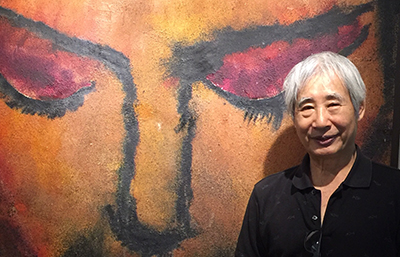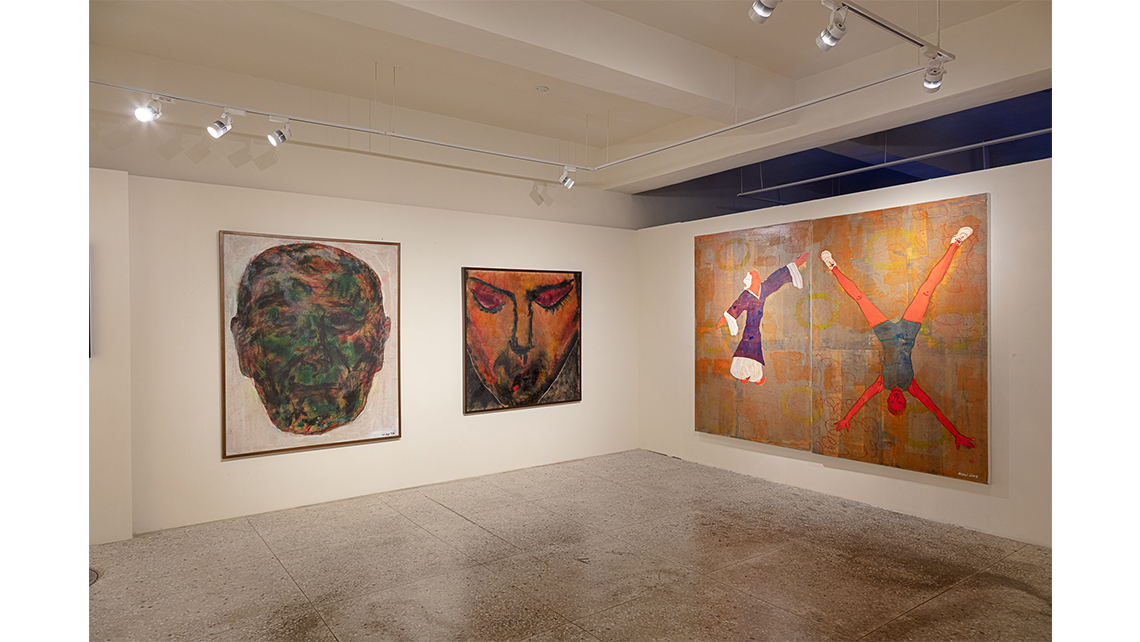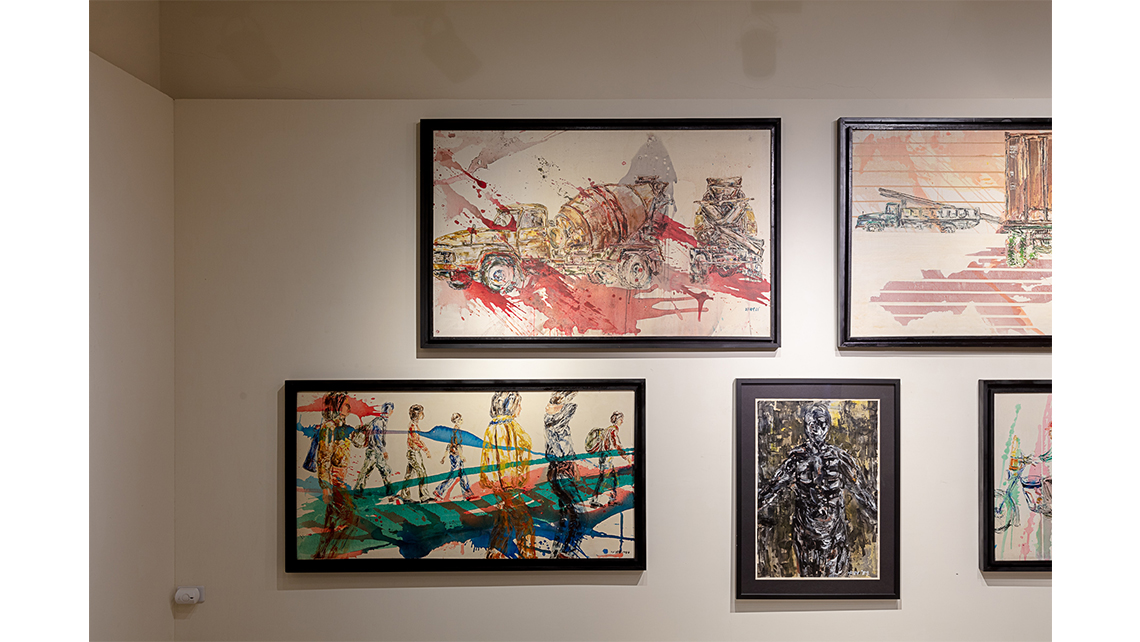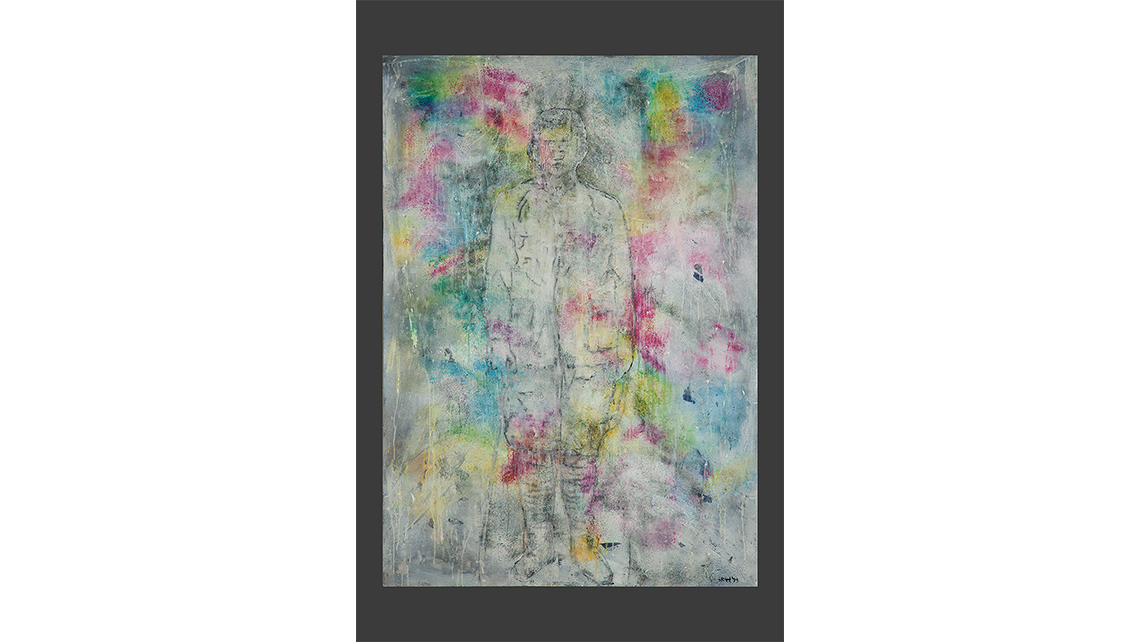陳水財|Shui-tsai Chen

1946年出生於臺南縣七股鄉,自臺南師範學校(今國立臺南大學)畢業,在臺南期間進郭柏川畫室習畫,1967年進國立臺灣師範大學美術系就讀,畢業後分發到高雄教書,自此定居於高雄。1981年受聘國立成功大學建築系,並在臺北美國文化中心舉辦首度個展,發表「卡車系列」作品,開始以都市生活作為核心內容創作。
1980年代起積極透過研究、教學與評論書寫倡導現代藝術轉型及在地藝術建構,在南臺灣藝術界屬於重量級人物,被譽為「高雄三支筆」之一,對於90年代高雄現代藝術的發展和影響具有舉足輕重的關鍵性地位。
1990年代象徵性的「人頭系列」是他對都市生活擠壓、鬱結、污濁等總體感受的詮釋,透過對都市環境的敏銳洞悉,以生命經驗轉換為圖像的提煉過程,並將繁複的心境凝聚在單純的形貌上。
Born in Cigu district, Tainan City (Formerly Cigu Township, Tainan Country) in 1946 and graduated from Taiwan Provincial Tainan Junior Teachers’ College (now National University of Tainan), Shui-tsai Chen learned painting at Po-chuan Kuo’s atelier during his time in Tainan. In 1967, Chen was admitted to National Taiwan Normal University and studied at the Department of Fine Arts. After graduation, he was assigned a teaching job in Kaohsiung and has been living there ever since. In 1981, Chen was offered a job at the Department of Architecture at National Cheng Kung University and held his first solo exhibition at the American Cultural Center in Taipei, where he showcased his first series of work, Truck, and started to adopt urban life as the core of his art.
Starting from the 1980s, Chen has been actively promoting modern art transformation and local art establishment through research, teaching and commentaries. Chen has thus become an important figure of the artist community in Southern Taiwan. He is one of “The Three Pens of Kaohsiung”, for he plays a key role in the development and influence of modern art in Kaohsiung in the 90s.
Chen’s symbolic Series of Human Head in the 90s is his interpretation of the oppression, depression and contamination of the urban life. With Chen’s keen insight into the urban environment, such feelings are transformed into paintings with his life experience, concentrating the complicated emotion into a simple image.





